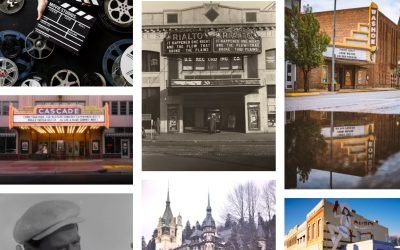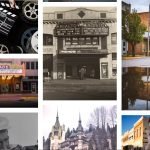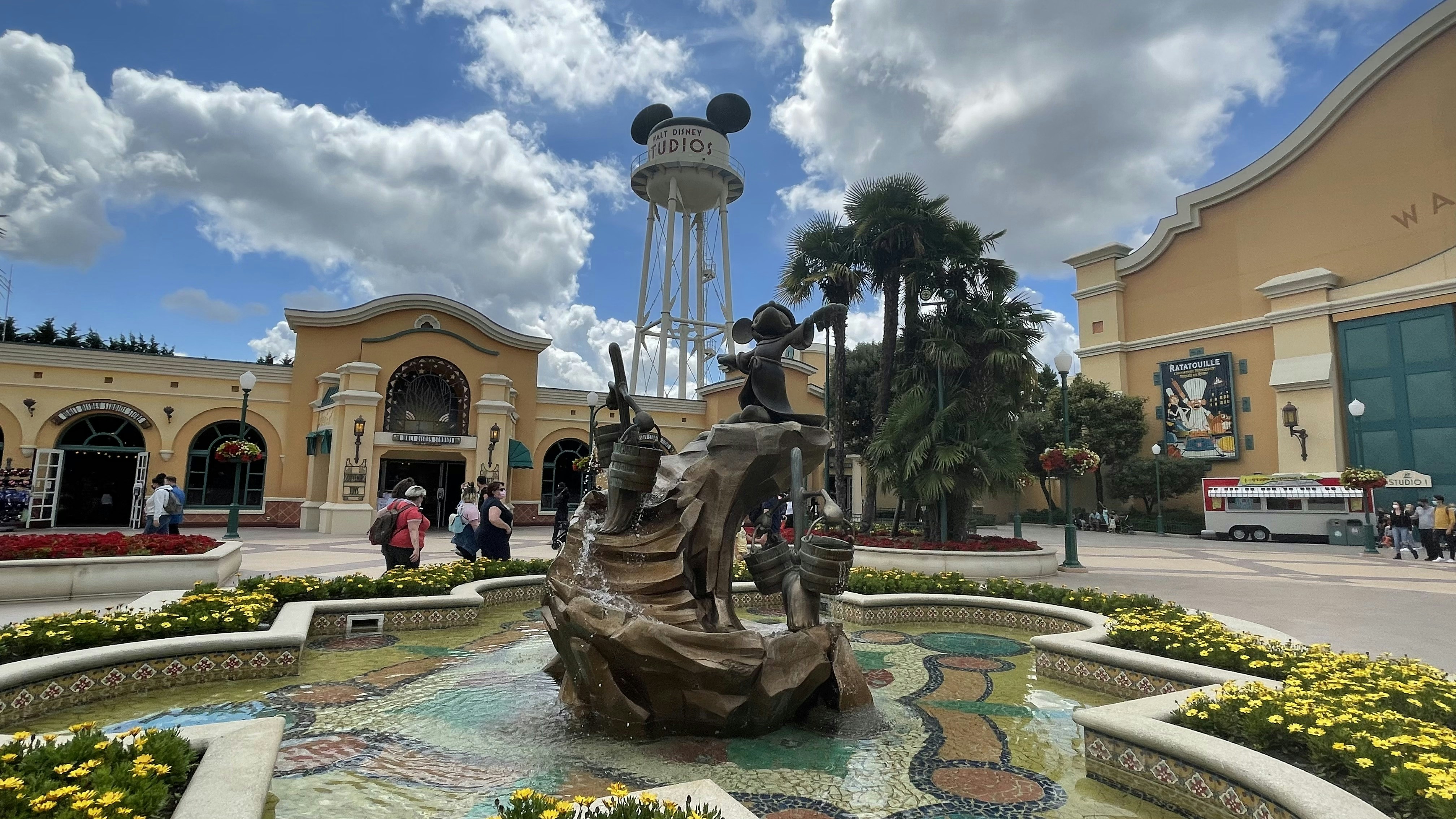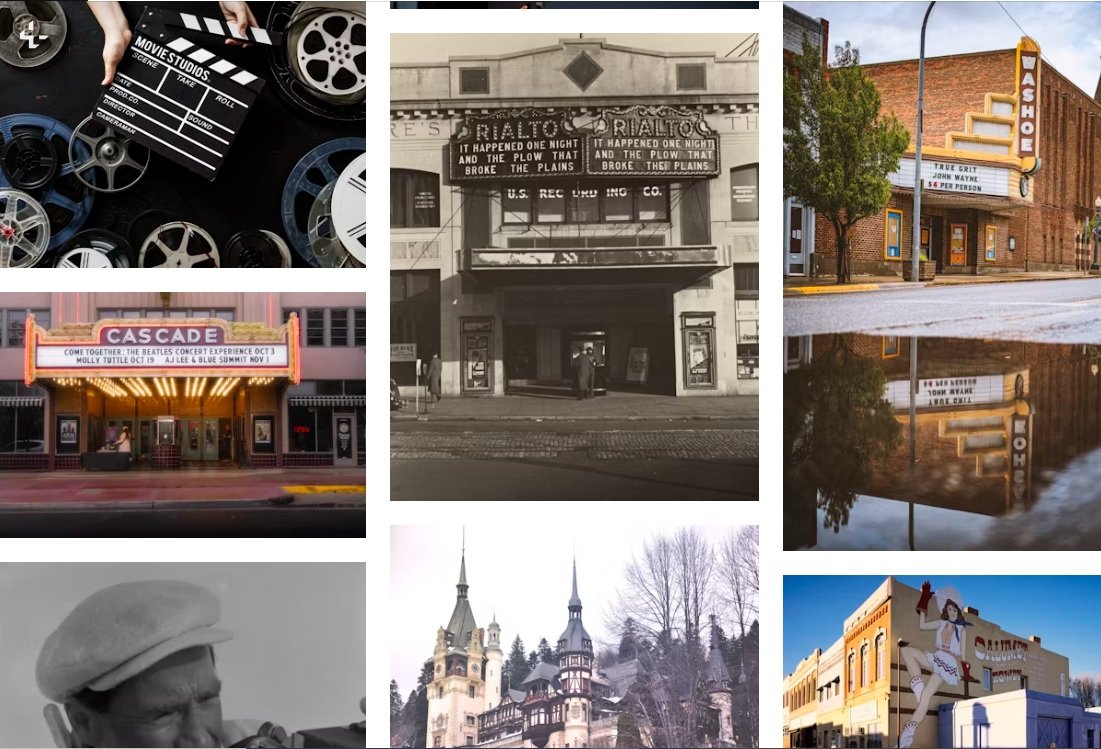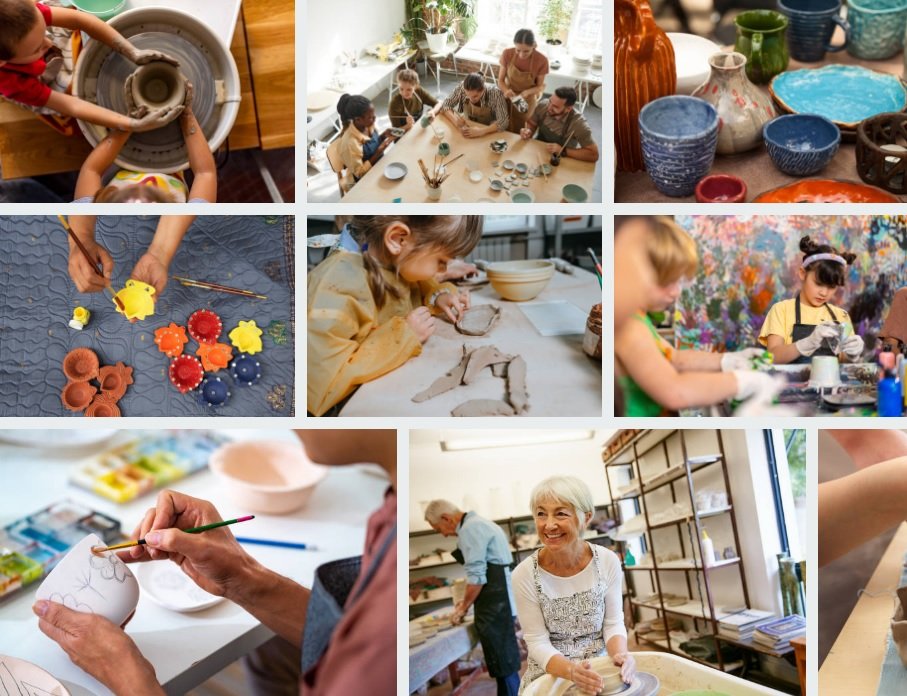A Brief History of Disneyland
Disneyland, located in Anaheim, California, opened its gates to the public on July 17, 1955, marking a landmark moment in entertainment history. As the first-ever theme park created by the Walt Disney Company, Disneyland was born from the visionary mind of Walt Disney, who sought to provide families with a unique experience that transcended the traditional amusement park format. Unlike conventional parks, which focused predominantly on thrill rides, Disneyland was designed to immerse guests in themed environments that celebrated storytelling, creativity, and imagination.
The journey to create Disneyland was not without its challenges. Construction began in the early 1950s, amidst doubts and limited funding. Walt Disney’s ambition to create a park that offered a magical experience required innovative engineering and design that creative minds had yet to explore. Despite numerous obstacles, including land acquisition issues and budget constraints, the determination of Walt and his team led to the completion of the project. Disneyland was officially opened, and it quickly garnered attention and acclaim.
In its early years, Disneyland welcomed thousands of guests who experienced attractions such as the iconic Sleeping Beauty Castle and the thrilling Matterhorn Bobsleds. The park’s success paved the way for continuous growth and expansion. Over the years, Disneyland underwent several renovations and additions, introducing new lands, attractions, and experiences, including the eagerly anticipated Star Wars: Galaxy’s Edge. These changes have ensured that Disneyland remains a vibrant destination, captivating millions of visitors from around the globe. Today, Disneyland stands as a testament to Walt Disney’s vision, evolving into the enchanting park renowned for creating cherished memories and magical experiences.

Attractions and Experiences Unique to Disneyland
One of the most distinctive features of Disneyland is its array of attractions that set it apart from other theme parks worldwide. The park boasts timeless rides that have become synonymous with the Disneyland experience, such as “Pirates of the Caribbean,” “Haunted Mansion,” and “It’s a Small World.” These classic attractions encapsulate the magical storytelling that Walt Disney envisioned, transporting guests into whimsical realms filled with detailed scenery and engaging narratives. Each ride is meticulously crafted to create a sense of wonder and nostalgia, making them essential components of any visit to Disneyland.
In addition to these iconic rides, Disneyland has expanded its offerings to include newer attractions that appeal to contemporary audiences. A prime example is “Star Wars: Galaxy’s Edge,” which immerses guests in the beloved Star Wars universe. This expansive area of the park features state-of-the-art rides, such as “Millennium Falcon: Smugglers Run,” where visitors can take the controls of the famed starship, and “Star Wars: Rise of the Resistance,” an innovative and groundbreaking ride that combines multiple ride systems and storytelling techniques to create an unparalleled experience. These additions reflect Disneyland’s commitment to embracing new narratives and technologies while maintaining its core values of creativity and imagination.

Moreover, Disneyland excels in offering unique interactive experiences. Guests have the opportunity to meet and interact with beloved Disney characters throughout the park, making lasting memories during these encounters. The park also hosts a diverse range of entertainment options, including parades, live shows, and nighttime spectaculars that further enhance its magical atmosphere. These experiences exemplify Disneyland’s dedication to ensuring visitors enjoy an enriching and immersive journey, solidifying its reputation as the happiest place on Earth.
The Art and Design of Disneyland
Disneyland, often referred to as “The Happiest Place on Earth,” stands out not only for its attractions but also for its compelling art and design, which play a critical role in creating an immersive experience for visitors. The innovative use of architecture, color, and thematic storytelling throughout the park helps to transport guests into various enchanting realms. Each themed land within Disneyland is meticulously curated, with attention to detail evident in everything from the buildings to the landscaping.
One of the notable aspects of Disneyland’s design is the overall cohesion of its aesthetic elements. For instance, in Fantasyland, whimsical structures echo European fairy tales, while Tomorrowland showcases futuristic designs that evoke a sense of exploration and innovation. This intentional differentiation among lands ensures that as guests transition from one area to another, they encounter distinct atmospheres that capture the essence of the stories they represent. This design philosophy is deeply rooted in Walt Disney’s vision to create a place where storytelling transcends age and encourages imagination.
The importance of landscaping also cannot be understated in enhancing Hollywood’s attraction. Walking through Disneyland, visitors can notice carefully planned gardens, vibrant flower displays, and strategically placed trees that not only beautify the park but also contribute to the overall thematic coherence. Hidden gems, such as intricate details in sculptures or subtle background music, augment the sensory experience and encourage exploration. Every corner of Disneyland has been thoughtfully considered, ensuring that guests are continually engaged and enchanted as they wander through the vibrant atmosphere. Each architectural choice, element of landscaping, and detail illustrates the culmination of artistic vision aimed at creating an unforgettable experience, ensuring Disneyland remains a beloved destination for generations.
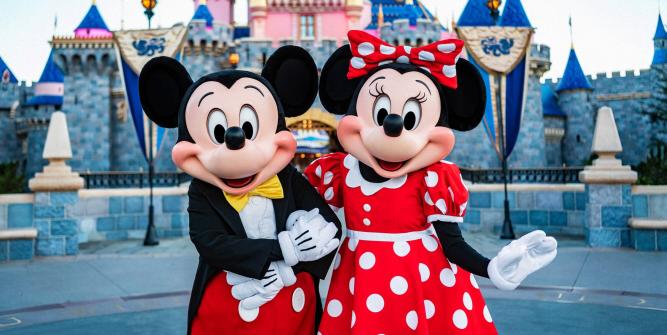
Planning Your Visit to Disneyland
Planning a visit to Disneyland is an exciting endeavor that requires consideration of several factors to make the most of your trip. First and foremost, choosing the best time to visit the park can greatly affect your experience. Typically, mid-week visits during the off-peak seasons of late September to early December and mid-January to mid-March result in shorter lines and more pleasant weather. Conversely, weekends and holiday periods, notably around summer and Christmas, tend to be crowded.

When it comes to ticket options, Disneyland offers several choices including single-day tickets, park hopper passes which allow access to both Disneyland and Disney California Adventure in one day, and multi-day tickets for extended visits. Purchasing tickets in advance online can save time and often money compared to buying them at the gate. Additionally, consider checking for any special discounts or packages that might apply.
Accommodations near the park vary from onsite Disney hotels to numerous nearby options, catering to different budgets and preferences. Staying at a Disney hotel can provide benefits such as early access to park reservations and proximity to the magic. For dining, Disneyland boasts an array of options, from quick-service eateries to fine dining experiences, ensuring that guests can find meals to satisfy their tastes and dietary restrictions.
To enhance your park experience, utilize tools like FastPass and Genie+ to minimize wait times for popular attractions. Familiarizing yourself with park maps ahead of time can help optimize your route and prioritize which rides to experience first. Accessibility options are available throughout the Disneyland park for visitors with disabilities, ensuring everyone can enjoy the attractions safely and comfortably. Adhering to current safety protocols, including any health guidelines, enhances the overall enjoyment of your day at Disneyland.


